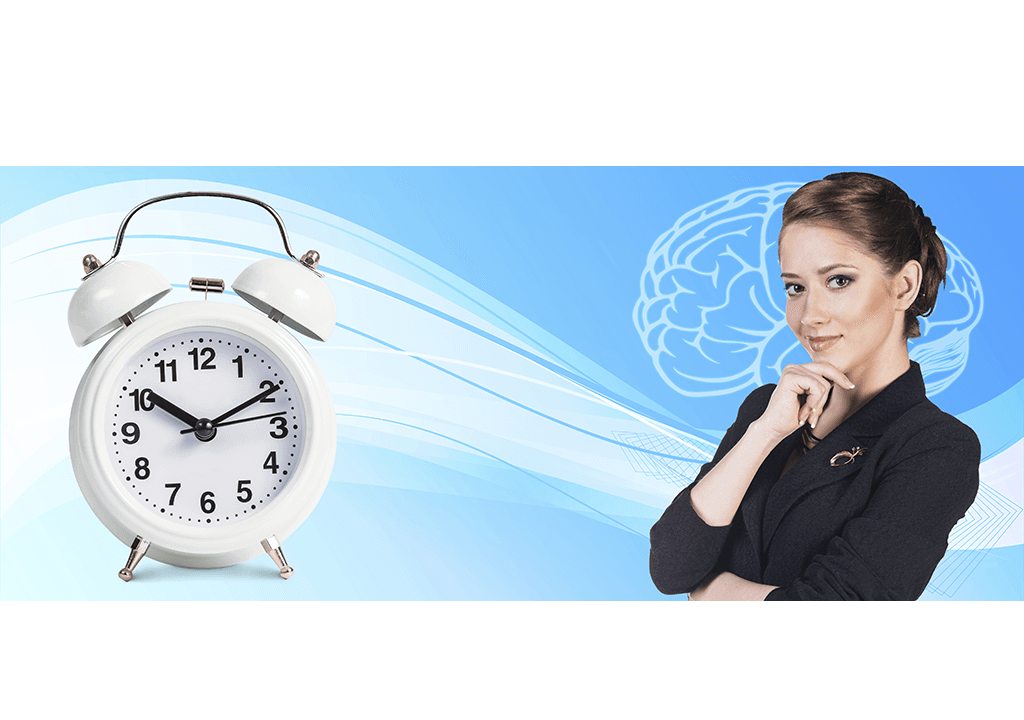Part 2: Chemical Pain
Chronic pain and suffering often have multiple causes and factors that can make them difficult to undo. It can be frustrating if there isn’t a simple answer to a question such as, “Why do I still have recurring back pain even though I get adjusted?”
Part 1 covered physical pain—pain due to injury or repetitive stress to the muscles, joints, and bones. These are the most straightforward types of chronic pain and respond readily to chiropractic care. Chiropractic adjustments restore structural alignment, and lifestyle habits such as mobility, exercises, and stretches help maintain that alignment. As structural integrity is restored, there is no further injury to the musculoskeletal system and pain decreases.
Sometimes pain is chemical in origin and that is why instability and pain may continue even as the joints are being realigned. The pain may be in the musculoskeletal system, but more commonly elsewhere in the digestive, immune, endocrine, cardiovascular, and nervous systems. The pain may also present in a location outside the injured organ. This is called referred pain.
Earlier signs of chemical toxicity are discomfort, sluggishness, and increased sensitivity and dysfunction. This could manifest as food sensitivities; poor absorption of nutrients; hormonal swings; heart palpitations; shallow breathing; increased susceptibility to colds; eczema; headaches and dizziness; irritability; fatigue; and menstrual cramps.





